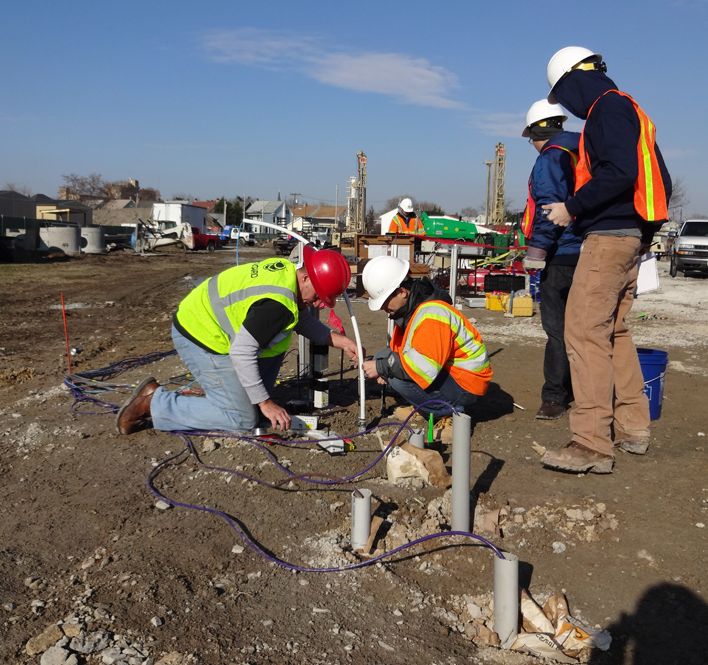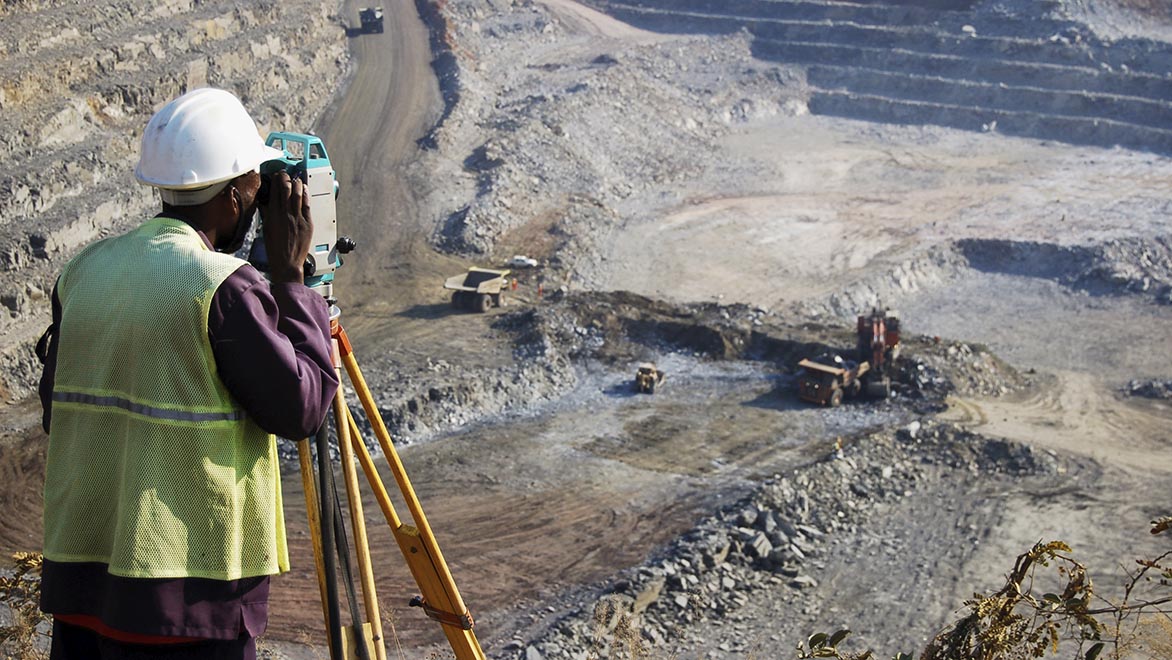How Consulting Engineers Enhance Geotechnical Design Projects: Insights Into Their Competence, Methodologies, and Collaborative Approaches
Consulting engineers are essential in improving geotechnical design jobs, applying their specialized knowledge to navigate the intricacies of subsurface problems. Their approaches include a series of site investigation methods, including Requirement Infiltration Examinations (SPT) and Cone Penetration Tests (CPT), which educate essential decisions throughout the style and building phases. Their collective methods foster interaction among varied project stakeholders, eventually forming the task's trajectory. As we take a look at the multifaceted duties these professionals play, it comes to be clear that their contributions prolong past technological proficiency, motivating a closer check out the implications for job success.
Role of Consulting Engineers
The knowledge of seeking advice from engineers in geotechnical engineering is basic to the successful execution of building and construction projects. These professionals play a crucial duty in evaluating dirt and rock residential properties, which are critical elements influencing design and building and construction choices. By performing comprehensive site investigations, seeking advice from designers collect vital information that informs the style process, making sure jobs are improved stable and suitable ground.
Consulting engineers also provide very useful insights right into danger monitoring (geotechnical geologist). They identify prospective geotechnical risks, such as landslides, dirt liquefaction, and negotiation problems, allowing stakeholders to execute effective mitigation approaches. Their know-how help in enhancing foundation designs, which can lead to substantial price savings and improved safety and security
Moreover, consulting engineers work as a vital web link in between task owners, engineers, and specialists. Their ability to convert complicated geotechnical data right into workable recommendations fosters cooperation and assists in notified decision-making throughout the project lifecycle. This multidisciplinary approach not only enhances task effectiveness but additionally guarantees compliance with governing requirements and best techniques.
Key Techniques in Geotechnical Engineering

One key technique is site examination, which entails performing field tests and research laboratory evaluations to collect data on subsurface problems. Strategies such as Standard Penetration Testing (SPT) and Cone Penetration Testing (CPT) are commonly made use of to evaluate soil stratigraphy and strength. Additionally, geophysical methods, including seismic and electrical resistivity surveys, supply non-invasive methods to analyze subsurface characteristics.
Another crucial approach is numerical modeling, which allows engineers to mimic different situations and anticipate exactly how soil-structure interactions will certainly act under different loading conditions. Finite Element Analysis (FEA) is an usual method used in this context.
In addition, the layout of structures, maintaining structures, and earthworks relies heavily on these methods - geotechnical geologist. By incorporating advanced logical devices with area information, consulting designers can establish tailored solutions that address details job difficulties, ultimately contributing to the stability and security of building and construction jobs
Significance of Soil Analysis
Soil evaluation acts as a foundational aspect in geotechnical design, providing essential insights into the physical and chemical properties of dirt needed for effective building and construction preparation. Understanding dirt characteristics is crucial for identifying its load-bearing ability, water drainage behavior, and possibility for negotiation or instability. Comprehensive dirt investigations, consisting of sampling and research laboratory screening, help determine criteria such as dirt type, moisture material, density, and shear stamina.
These evaluations notify the selection of proper building and construction methods and materials, inevitably affecting job safety and security and long life. Cohesive soils might require different structure designs contrasted to granular weblink soils, demanding customized design services. Soil evaluation aids in identifying contaminants that might posture risks to human wellness or the environment, permitting for the advancement of mitigation methods.
Including dirt evaluation into the very early phases of task growth assists to minimize unexpected difficulties, making sure that engineers can prepare for and deal with potential problems before they rise. By developing an extensive understanding of the website problems, seeking advice from engineers can optimize style effectiveness try these out and reduce prices, therefore improving the general success of geotechnical design jobs.
Joint Strategies in Tasks
Effective geotechnical jobs often hinge on collaborative methods that combine varied knowledge from different disciplines. Reliable partnership amongst speaking with engineers, rock hounds, ecological researchers, and building and construction specialists is essential for dealing with intricate challenges and optimizing job results. By leveraging the special abilities and expertise of each group member, tasks can gain from a holistic understanding of the website problems, regulative demands, and design constraints.
Regular interaction and interdisciplinary meetings help with the sharing of insights and foster a society of team effort. These joint initiatives enable the recognition of potential dangers early in the job lifecycle, enabling timely reduction techniques. Integrating feedback from stakeholders, including regional areas and regulatory companies, makes certain that all point of views are thought about, boosting task approval and conformity.
Additionally, the combination of innovative technologies, such as Geographic Details Systems (GIS) and Building Details Modeling (BIM), more improves collaboration. These devices permit the real-time sharing of information and visualization of geotechnical conditions, advertising informed decision-making. Ultimately, a collaborative approach not only enhances project implementation however likewise lays the structure for ingenious options to complicated geotechnical engineering challenges.
Influence On Project Results

Consulting designers employ advanced approaches such as risk assessment and predictive modeling, which improve like it the accuracy of job projections. Their capability to incorporate cutting-edge innovations, like geotechnical instrumentation and information analytics, even more fine-tunes the style and building processes. Therefore, projects experience boosted effectiveness, decreased costs, and lessened delays.
Additionally, promoting effective communication and cooperation among staff member boosts analytical abilities. When obstacles occur, a joined front permits quick recognition of options, stopping prospective troubles. Ultimately, the collective efforts of consulting designers add to higher quality results, making certain that jobs fulfill both governing standards and customer expectations.
Verdict
